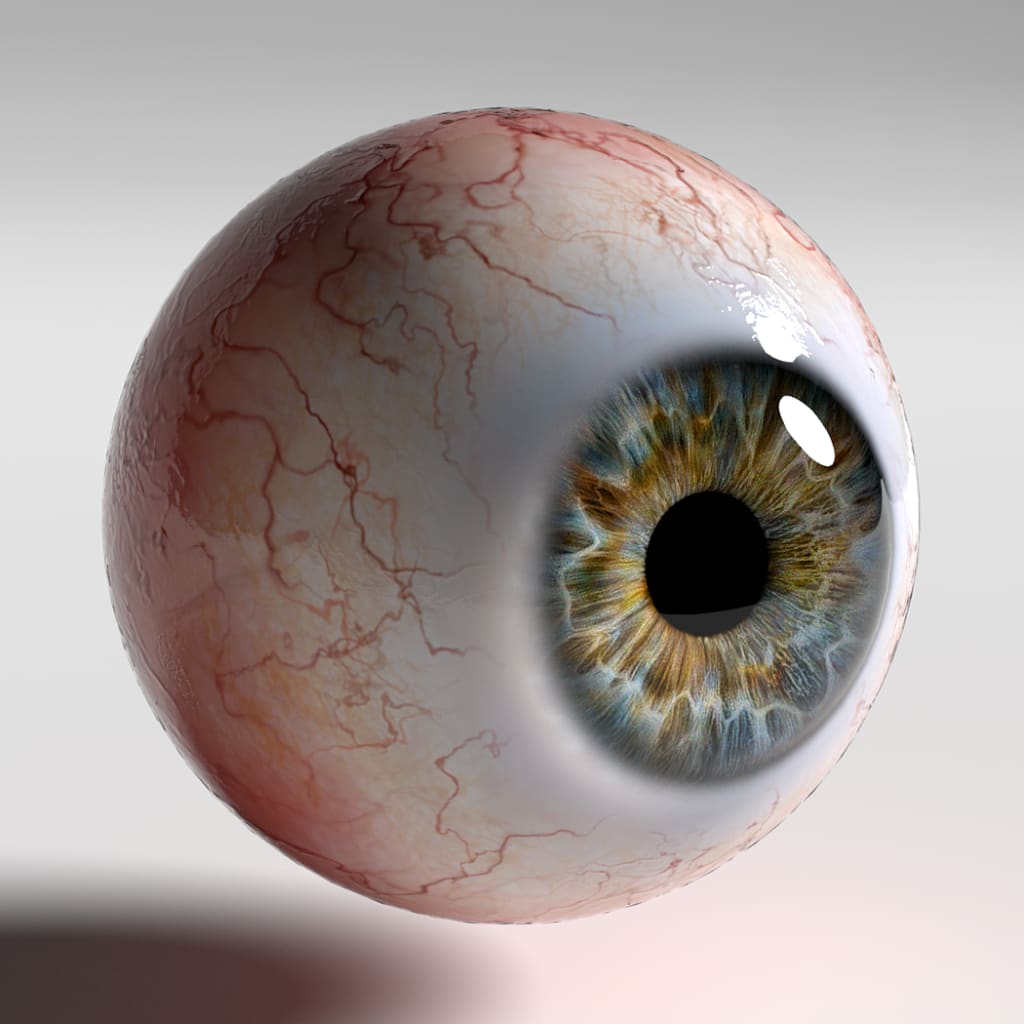Binocular Vision
How Your Brain Processes Information from Two Eyes

Have you at any point thought about how your mind can consistently handle the data it gets from your two eyes? The response lies in the captivating idea of binocular vision. Binocular vision alludes to the capacity to see profundity and three-layered space by consolidating the visual contributions from the two eyes. In this article, we will investigate the complex course of how your cerebrum processes data from two eyes to make a firm visual encounter.
To comprehend binocular vision, it means quite a bit to initially understand the idea of stereopsis. Stereopsis is the capacity of the cerebrum to consolidate the marginally various pictures got from each eye into a solitary, three-layered discernment. This profundity insight is critical for undertakings like passing judgment on distances, getting a ball, or driving a vehicle. Without binocular vision, our reality would show up level and ailing top to bottom.
The course of binocular vision starts with the eyes catching visual data from the climate. Each eye has a marginally unique perspective, bringing about two separate pictures being framed on the retina. These pictures are then communicated to the mind through the optic nerves.
After arriving at the cerebrum, the visual data from each eye is handled in the essential visual cortex, situated at the rear of the mind. This is where the wizardry of binocular vision happens. Particular neurons in the essential visual cortex analyze the pictures got from each eye and concentrate the differences between them.
Variations allude to the distinctions in the place of comparing focuses in the two retinal pictures. These incongruities act as the reason for profundity insight. By contrasting the variations, the mind can ascertain the general distance of articles in the visual field.
The method involved with joining the pictures from each eye is known as binocular combination. Binocular combination happens in the visual cortex, where the cerebrum blends the somewhat various pictures into a solitary, brought together discernment. This combination is conceivable because of the cerebrum's capacity to adjust the relating focuses in each picture and make a rational visual portrayal.
One entrancing part of binocular vision is binocular competition. Binocular contention happens while clashing pictures are introduced to each eye, bringing about the mind shifting back and forth between seeing one picture and afterward the other. This peculiarity features the powerful idea of binocular vision and the mind's capacity to switch between various visual sources of info.
It is vital to take note of that binocular vision isn't completely evolved upon entering the world. Newborn children slowly foster the capacity to combine the pictures from their two eyes during the initial not many long periods of life. This formative cycle is vital for the foundation of ordinary binocular vision and profundity discernment.
Tragically, a few people might encounter binocular vision issues, like strabismus or amblyopia. Strabismus, usually known as crossed eyes, happens when the eyes don't adjust as expected. This misalignment can disturb binocular combination and lead to twofold vision or the concealment of one eye's picture. Amblyopia, otherwise called languid eye, is a condition where one eye has diminished vision because of the cerebrum inclining toward the other eye. These circumstances can be treated through vision treatment or the utilization of remedial focal points.
All in all, binocular vision is a surprising cycle that permits us to see profundity and three-layered space. By joining the visual contributions from the two eyes, our cerebrum can make a strong and vivid visual experience. Understanding the complexities of binocular vision can assist us with valuing the intricacy of the human visual framework and the marvels of discernment.
About the Creator
Atta ul Munim
I am Atta ul Munim, a writer who explores a wide range of genres including erotica, fiction, and other yet-to-be-discovered styles. Would you like to delve into the possibilities?
Enjoyed the story? Support the Creator.
Subscribe for free to receive all their stories in your feed. You could also pledge your support or give them a one-off tip, letting them know you appreciate their work.






Comments
There are no comments for this story
Be the first to respond and start the conversation.